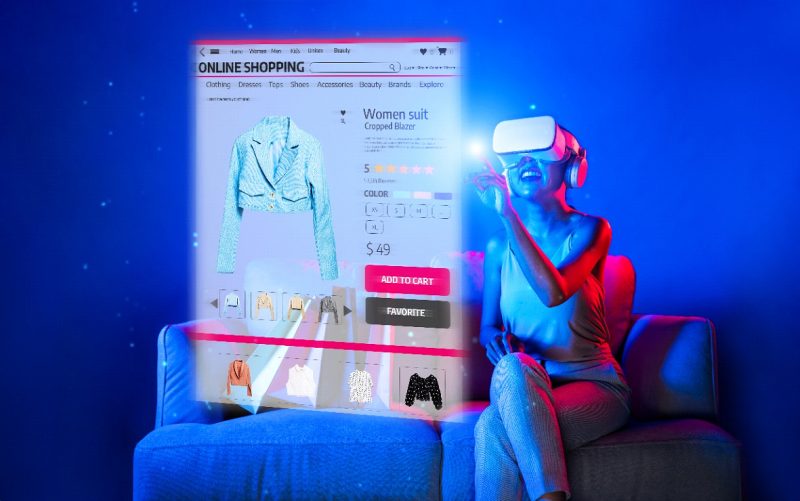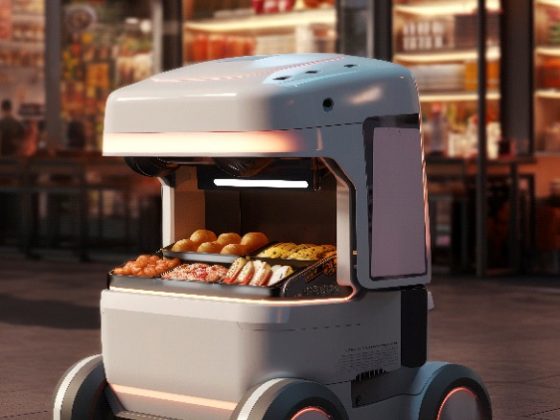For brands, the benefits extend beyond increased sales. Social-to-shop strategies provide invaluable data on consumer behavior, preferences, and engagement patterns. This information can inform future product development, marketing campaigns, and inventory planning. Moreover, the integration of social commerce tools is often more cost-effective than traditional advertising, offering higher ROI by combining awareness and conversion efforts in one place.
Looking ahead, the future of social-to-shop commerce is poised to become even more immersive. As technologies like virtual reality (VR) and artificial intelligence (AI) mature, we can expect hyper-personalized experiences that replicate in-store shopping digitally. Imagine walking through a virtual showroom with friends or receiving AI-generated styling advice in real time. With global social commerce sales projected to reach $2.9 trillion by 2026, according to Accenture, it’s clear that this trend is not just a passing phase but a fundamental evolution of retail.
In an age where consumer behavior is shaped by convenience, connectivity, and immediacy, seamless social-to-shop experiences offer a compelling solution. By merging the worlds of social engagement and commerce, brands can create not only transactions but also meaningful interactions. For businesses willing to invest in this transformation, the rewards are manifold: increased sales, stronger customer relationships, and a competitive edge in the ever-changing retail landscape.
Source: https://www.linctex.com/









